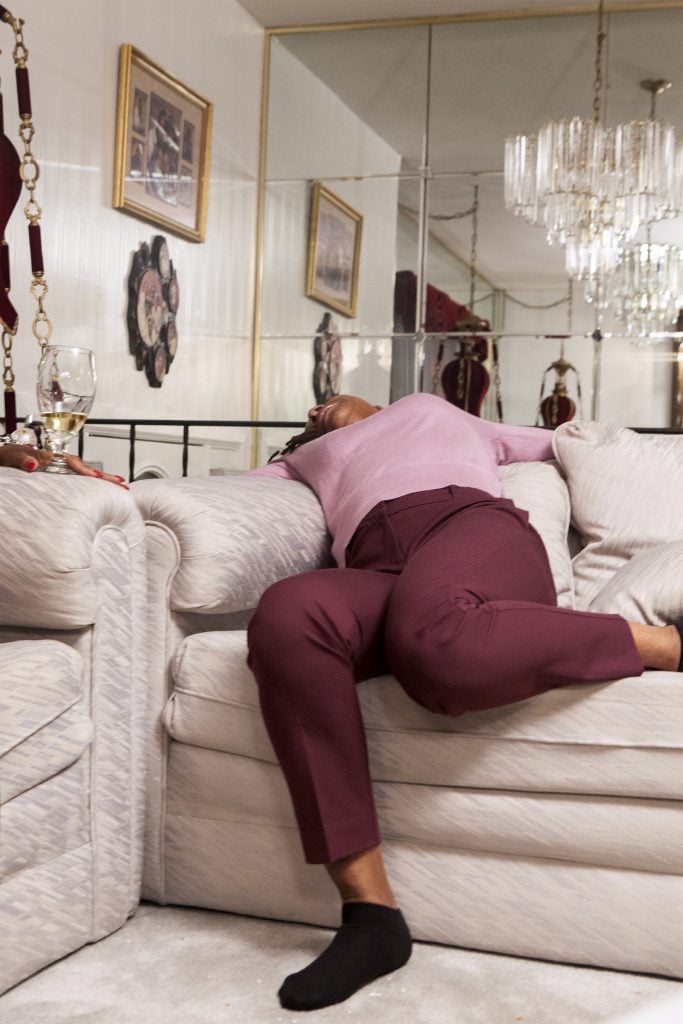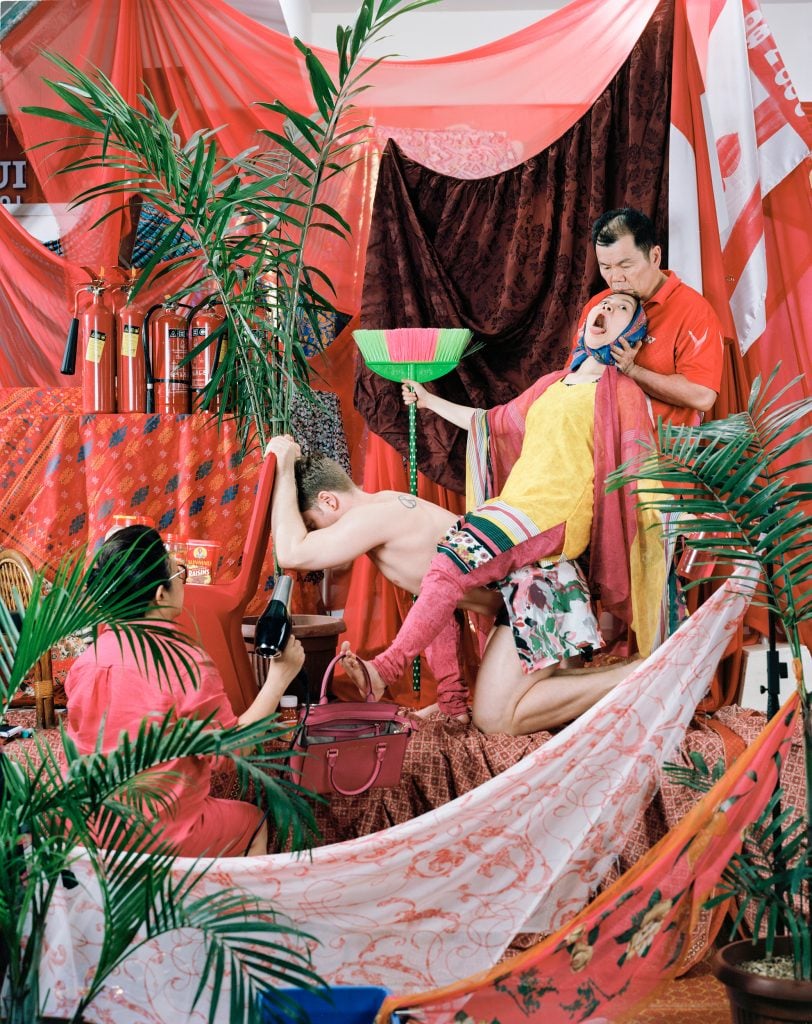Art World
Hollywood Has the ‘Black List’ for Undiscovered Screenplays. Now, Photography Has a ‘Silver List’ for Up-and-Coming Photographers
Some 125 critics, curators, publishers, and academics compiled the list of names to watch.

Some 125 critics, curators, publishers, and academics compiled the list of names to watch.

Taylor Dafoe

For a decade and a half, an annual survey called the Black List has highlighted Hollywood executives’ favorite unproduced screenplays in the industry, staking a reputation as a wellspring of up-and-coming writing talent. Black List alumni have gone on to pocket Oscars, partner with iconic directors, and otherwise sculpt the zeitgeist. Now, a small non-profit art space in Pittsburgh called Silver Eye is adopting the idea to create a similar resource for photographers.
The Silver List, as the newly published survey is called, spotlights 47 emerging artists working in the medium, including people like Elle Perez, Farah Al Qasimi, and Pacifico Silano. It represents submissions from more than 125 critics, curators, publishers, and academics who responded to a prompt from Silver Eye last year. The directive was pretty straightforward: list up to 10 early career artists whose work should be seen more widely.
“It was really all an experiment for us,” says David Oresick, Silver Eye’s director. “We didn’t know if anyone would take the survey when we sent it out, and we didn’t know if anyone would be interested in the list when we published it.”
“I’m really excited that people seem to be paying attention,” he continued.

Nick Drain, One for Us (2019). Courtesy of Silver Eye.
The idea to co-opt the Black List model didn’t originate with Oresick, though. It came from an enthusiastic undergraduate named James T. Wang, who took a history of photography course Oresick taught at Carnegie Mellon University last year. Wang, a senior studying statistics and machine learning, had recently heard about the Black List on a podcast and approached his professor with a similar proposal.
“He came into my office and said, ‘I want to do this for photography,'” recalls Oresick. “And I was like, ‘Oh, that’s nice,’ thinking, we can’t do that.”
But Wang insisted, and so Oresick responded with what he thought was an improbable task: track down Franklin Leonard, the film executive who founded the Black List, and set up a meeting.
“I said that and just expected to never hear about the idea from James again because, you know, that’s typical with undergraduates who get excited about something. But then the next week he came in and said, ‘Okay, we have a meeting on Thursday. Franklin’s really excited and I have a whole plan to do it.’ Then we just started rolling from there.”

Leonard Suryajaya. Courtesy of Silver Eye.
Leonard, it turns out, had long been interested in adapting his methodology to other fields. He served as a consultant of sorts to Wang and Silver Eye, advising them on ways to frame the survey and roll out the results. Wang secured a small grant from the university to fund the effort.
The intention is to publish the list again next year, too, and maybe even grow its scope. Wang’s interests lie in increasing diversity and equity in the art world; the Silver List, he hopes, can help.
“From the very beginning, we hoped that the Silver List would highlight diverse, deserving, outspoken voices,” Wang says. “One of the reasons I found the Black List so intriguing is the idea that success or failure in many creative fields hinges upon membership in an ‘old-boy’s club,’ which many deserving artists of color are not privy to. Therefore, the democratic, quantitative nature of the Black List and the Silver List can help these artists get seats at tables they should have already had.’
“My hope is that it can have a similar effect as the Black List had in terms of giving really good work a lot more attention,” Oresick adds. “I hope it leads to collectors buying works from these artists, museums exhibiting these artists, universities hiring them, photo editors commissioning them. I hope this can open all kinds of doors.”